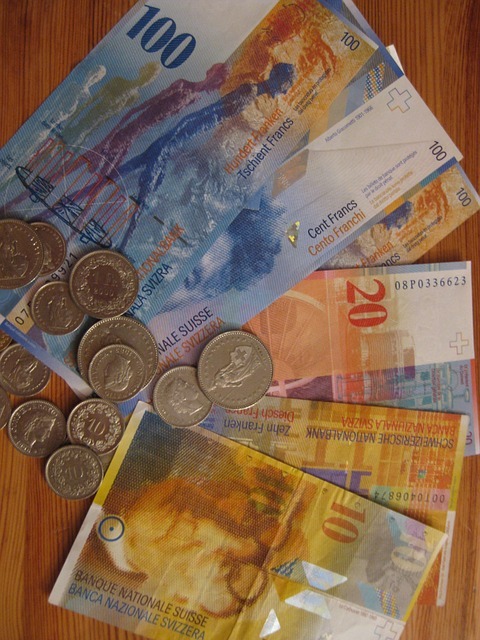In this article, we have covered the highlights of global market news about the USD/JPY, CHF/USD, AUD/USD and USD/CAD.
USD/JPY will drop to 130 in 12 months, according to Danske Bank
Danske Bank economists anticipate a little increase in USD/JPY over the next few months but predict a long-term decline in the pair.
“The US treasury rates and the prospect for global inflation remain the major drivers of the USDJPY.”
We are not persuaded that global inflation pressures are changing since the US labor market is still in excellent form. As a result, JPY headwinds will persist in the immediate term. Looking further out, we anticipate that the JPY’s pressure will lessen.
We predicted the cross would occur at 143 (1M), 144 (3M), 139 (6M), and 130 (12M).
CHF is at its YTD low and seems vulnerable around 0.9400 as the USD weakens.
Following an early Tuesday bounce to the 0.9455 area, the USD/CHF pair meets with new supply and descends below its YTD low in the early hours of the European session. The significantly offered tone around the US Dollar is putting pressure on the pair, which is now trading around the 0.9400 level.

In fact, despite expectations for further gradual Federal Reserve rate increases, the US Dollar Index, which gauges the dollar’s performance against a basket of currencies, drops to a new three-month low. Unexpectedly low consumer inflation in the US in October sparked rumors that the US central bank will ease off on its tightening monetary policy. This continues to put pressure on the dollar and is seen by the persistent decline in US Treasury bond rates.
Nevertheless, a generally upbeat atmosphere in the stock markets can weaken the haven Swiss franc and assist the USDCHF pair’s downside to being constrained. Because of this, it is wise to hold off on positioning for any more short-term appreciating move until some follow-through selling occurs below the 0.9370 zone or the YTD low set in August. However, the virtual environment seems heavily skewed in favor of bearish traders.
AUDUSD rises over mid-0.6700s, reaching its highest level since September 13, as the USD declines.
In the first hour of the European session on Tuesday, the AUD/USD pair attracted new bids and rose to a two-month high. The bullish breakthrough over the resistance of the 100-day SMA is confirmed by the momentum lifting spot prices beyond the mid-0.6700s in the most recent hour.
The AUDUSD pair benefits from the US Dollar falling to its lowest level since mid-August due to the resumed selling pressure on the US currency. The US consumer inflation unexpectedly fell in October, raising optimism for more gradual Federal Reserve rate increases. The declining US Treasury bond rates, which continue to pressure the dollar, show this.
Another reason for weakening the safe-haven dollar and helping the risk-averse Australian is a positive risk tone, as shown by a recent run-up in the equities markets. However, it still needs to be determined if the pair can take advantage of the surge or whether the momentum will fizzle out at higher levels due to conflicting signals from China.
USDCAD: Losses will continue in the immediate term on a break beneath 1.3255/65, according to Scotiabank
The USD/CAD drops again below the 1.3300 level. On a break under 1.3255/65, Scotiabank economists see additional losses for the pair.

The weekly DMI has cooled from the bullish position observed during Sep/Oct, and intraday and daily trend strength indications are aligned bearishly for the US Dollar.
“Longer-term (monthly) price signals point to the possibility of a broader US Dollar shift, although the 1.30 level (a critical congestion zone from 2021/22) would likely provide strong support for the US Dollar.
“Minor US Dollar gains appear a sell (to the low/mid 1.33s).”
In the immediate term, “We anticipate US Dollar losses to continue on a break beneath 1.3255/65.”
Please click here for the Market News Updates from 14 November, 2022.

